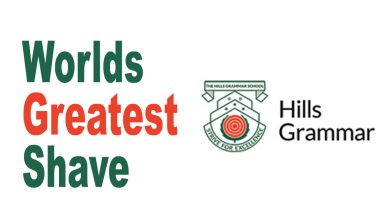YOUR HEALTH IS YOUR WEALTH – Cardiovascular Disease?
By Dr. Ash Mina
WHAT IS CARDIOVASCULAR DISEASE?
Cardiovascular disease refers to all the diseases of the heart and circulation including coronary heart disease, angina, heart attack, congenital heart disease and stroke. The primary cause of cardiovascular disease is atherosclerosis (the narrowing and eventual blockage of arteries by the deposition of fatty plaques on the walls of the artery). Eventually these plaques can rupture (thrombosis) and the resultant blood clot deprives vital tissues of oxygen. If this happens in the major blood vessels supplying the heart, it can result in heart attack. In the brain, it can result in a stroke. In the peripheral arteries, crippling pain can result in the chest, arm, neck or jaw (angina).
By understanding the causes of atherosclerosis (diabetes, cholesterol, smoking, high blood pressure and family history) we can better improve human health.
Risk factors for cardiovascular disease
90 per cent of Australians have one modifiable risk factor for heart disease. Much of the burden caused by cardiovascular is preventable. The major modifiable risk factors include smoking, high blood pressure, high cholesterol, insufficient physical activity, obesity, diabetes, poor nutrition, and excessive intake of alcohol. Other risk factors that are beyond our control include age, gender, family history and ethnicity.
Knowing the risk factors
According to the Australian Institute of Health and Welfare, more than 90% of Australian women have at least one modifiable risk factor for cardiovascular disease. Half of all women have two or three risk factors. More than half of Australian women are overweight or obese, almost half have high blood cholesterol, about three-quarters are physically inactive, and the vast majority of Australian women do not eat enough fruit or vegetables. Many of these risk factors are common among young females too. In women aged 35–44 years, it is more common for females to be overweight or obese than to have a healthy weight; and one in five of those aged 20–29 smoke daily.
Signs and Symptoms of heart attack
When a heart attack strikes, it doesn’t always feel the same in women as in men. Women don’t always get the same “classic” heart attack symptoms such as crushing chest pain that radiates down one arm. Those heart attack symptoms can certainly happen to women, but many experience “silent” symptoms that they may miss. These symptoms are common in women; chest pain or discomfort, pain in your arms, back, neck, or jaw, stomach pain, shortness of breath, nausea, or light-headedness, sweating and fatigue.









